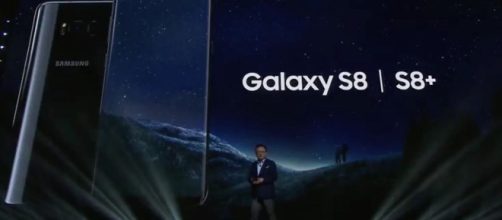The facial recognition and iris scanner on the recently unveiled samsung galaxy S8 was highly praised by a majority of tech critics and reviewers who got to test out the unit. The feature itself offered a simple and quick way to unlock the device by just looking at the screen. However, some users were able to find out that it doesn’t really take much to bypass the security feature and that it might not be as secure as Samsung had led people to believe.
Beating the low-level security feature
While a number of reviewers were able to test out the slightly improved iris scanner, which was taken from the troubled Samsung Note 7, not a lot were able to test out just how secure the system was.
Fortunately, a YouTube user named, Marcianotech, was able to rigorously test out the Galaxy S8’s facial recognition system during its launch.
After playing around with the brand new Samsung flagship, the user was eventually able to beat the facial recognition system by using a picture of his face on another Galaxy S8 smartphone.
The state of facial recognition technology
It has to be considered that majority of the biometric security features that involves faces are still pretty much rudimentary in how they work. The system basically uses a 2D camera, or a set of cameras, to detect different variations in a person’s features, including the distances between the eyes, mouth, nose, and other facial dimensions.
Due to its use of 2D cameras, the system can be Defeated by using 2D images. Some systems do utilize different security layers, such as tracking a person’s head movements to make sure that a person is indeed in front of the camera and not an image.
Samsung’s response to its beaten system
Samsung recently released a statement that addressed the concerns regarding its easily beaten facial recognition system on the Samsung Galaxy S8 and S8 Plus. The company stated that the system is meant to be just another convenient way to unlock their device and is no way used for more sensitive tasks such as payments and access to secured folders.

